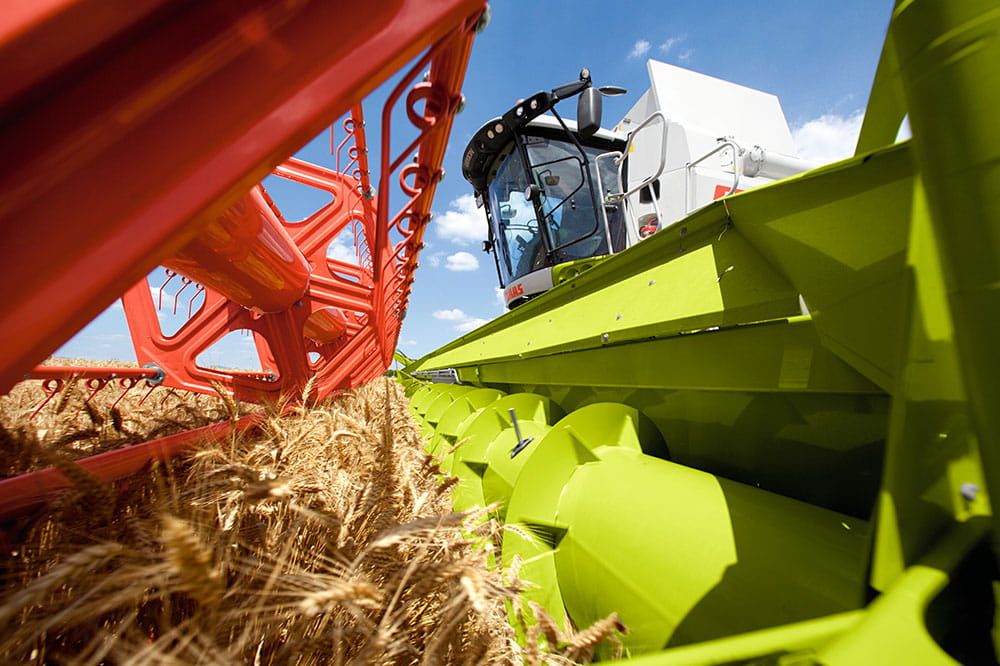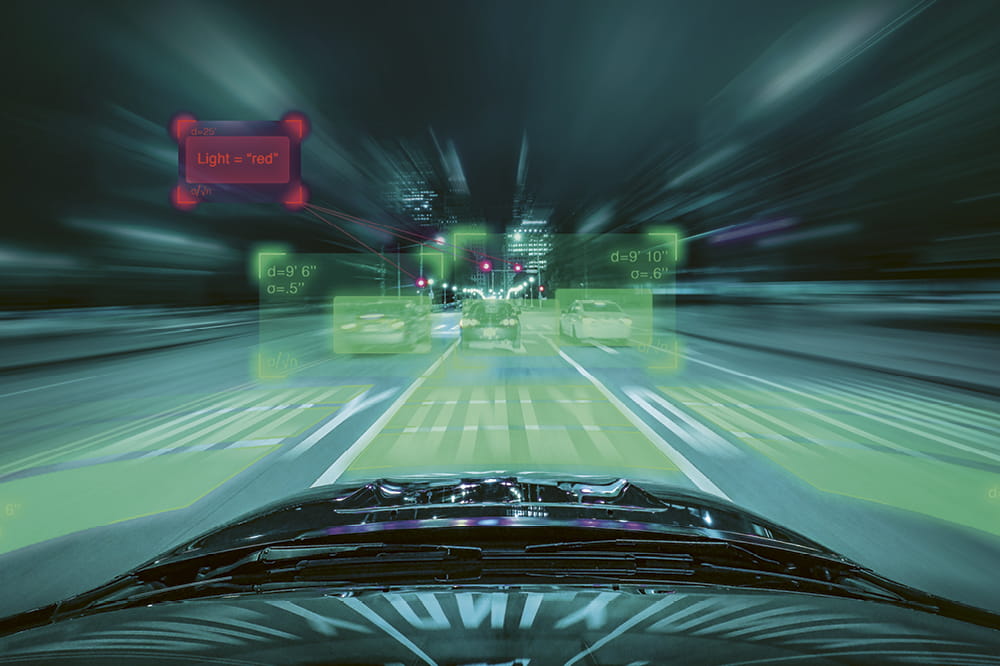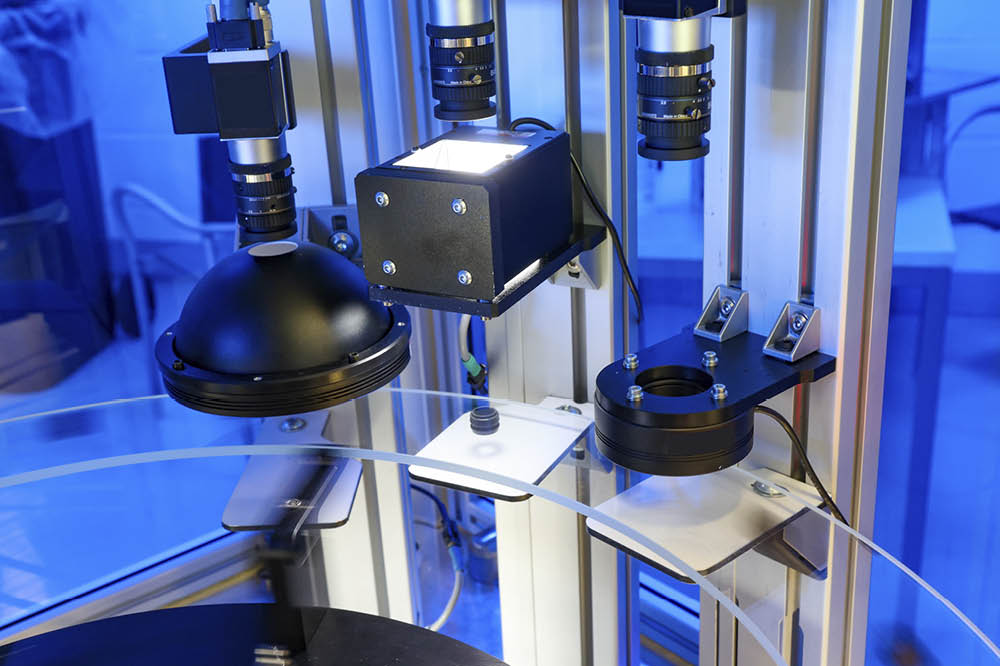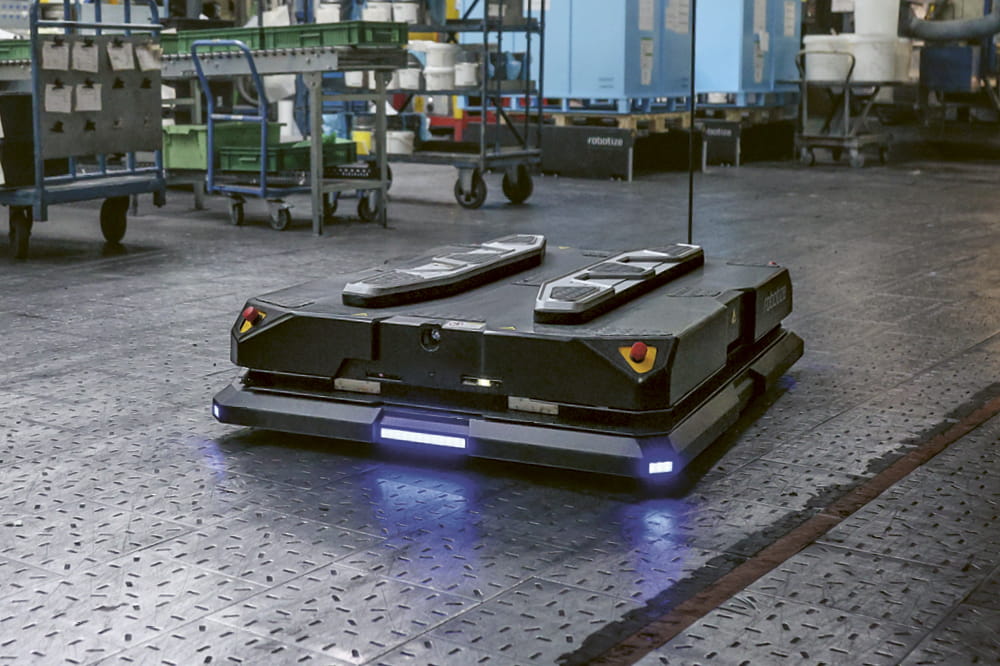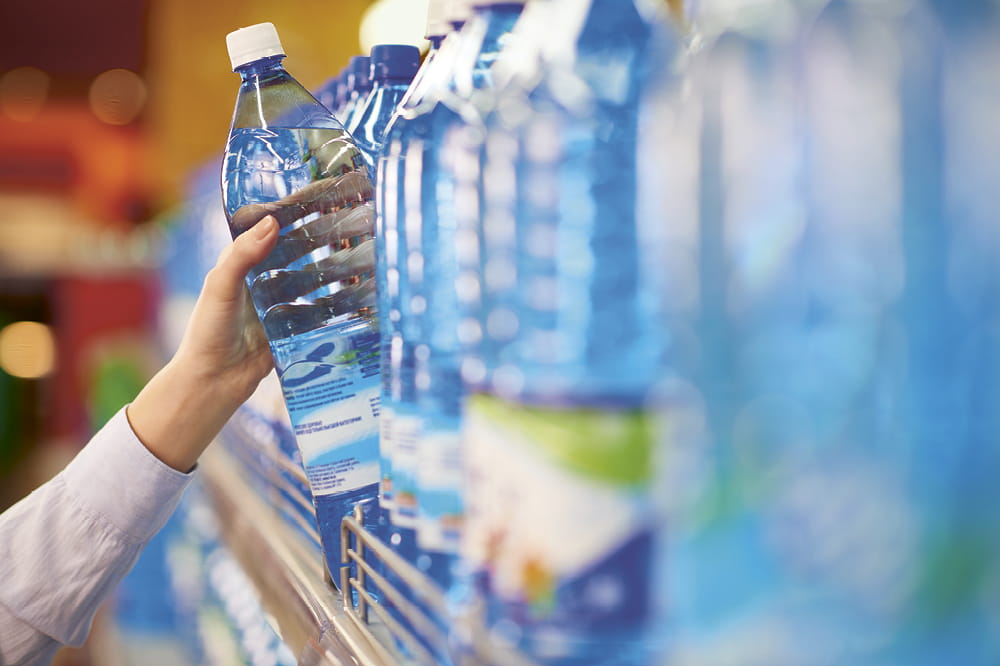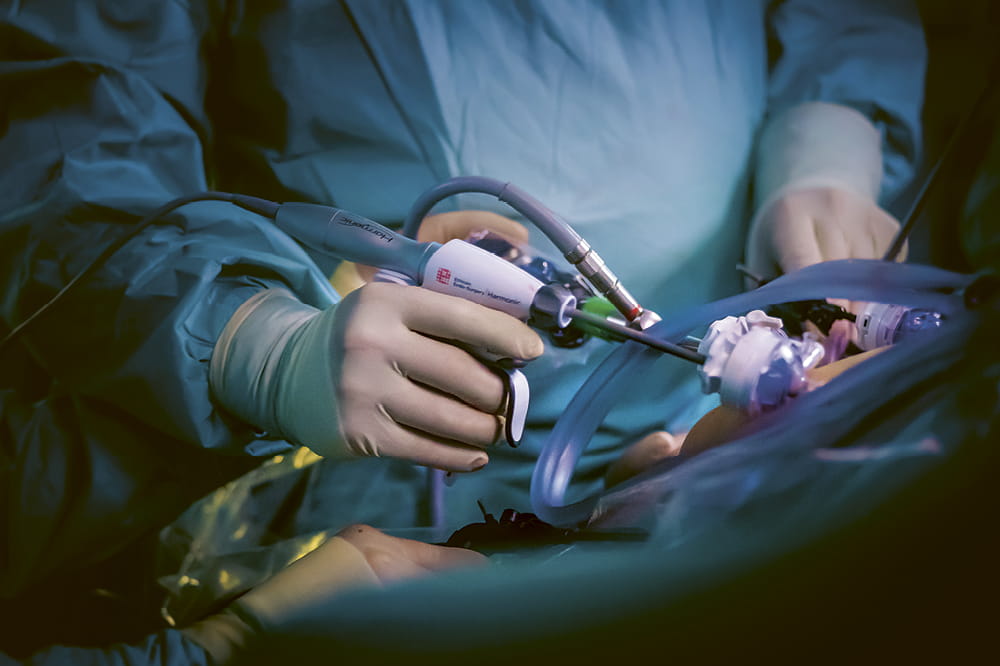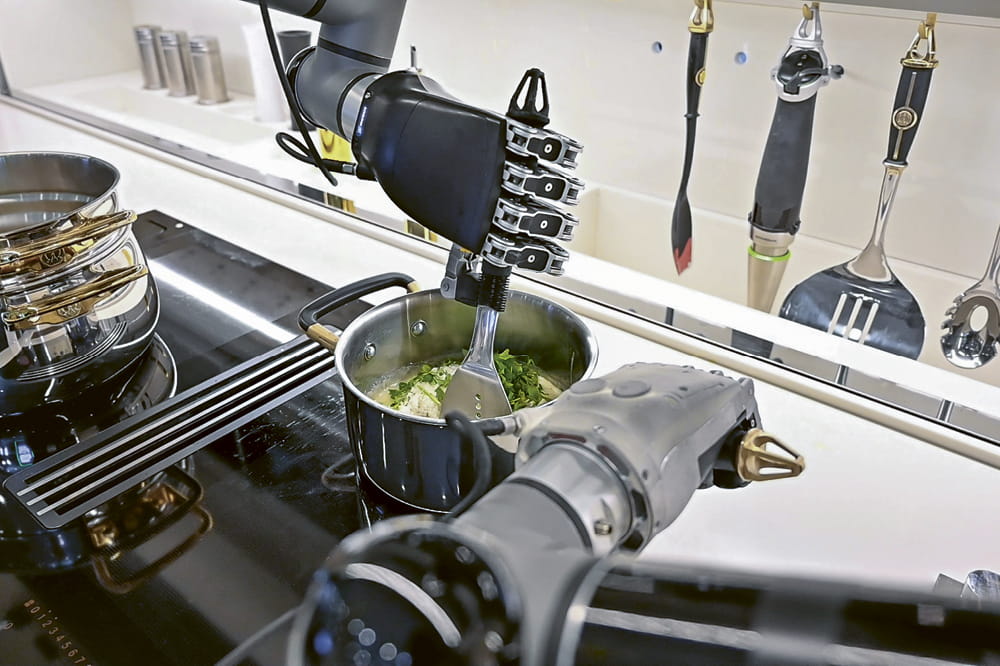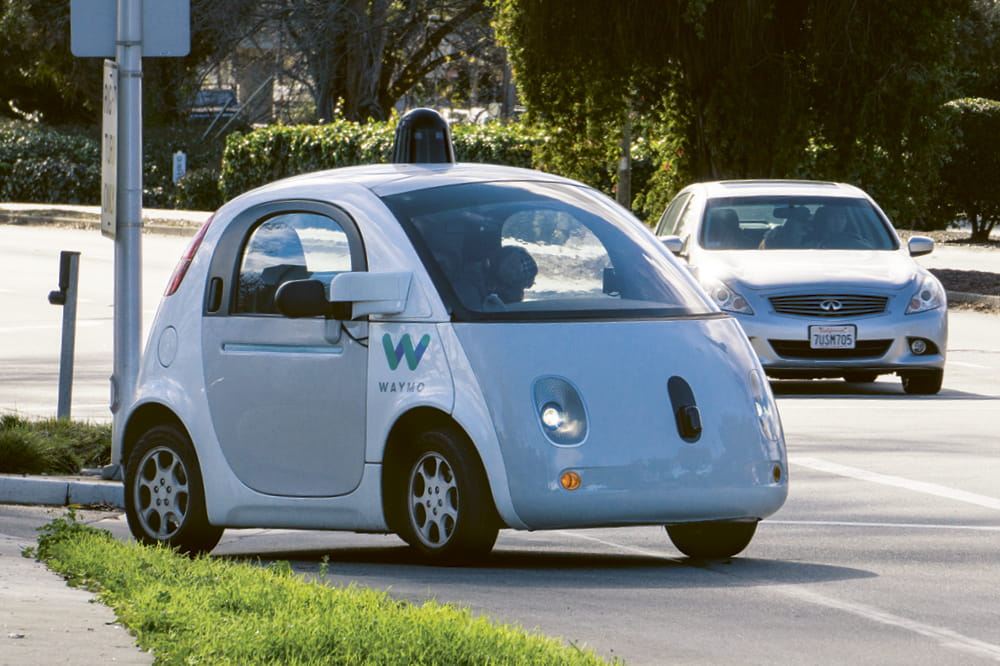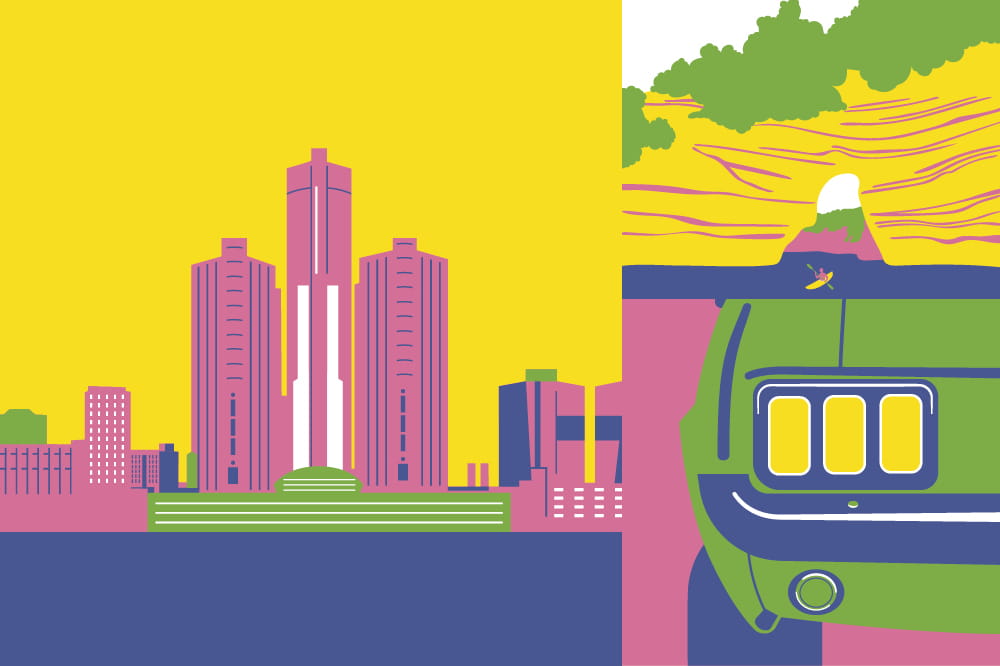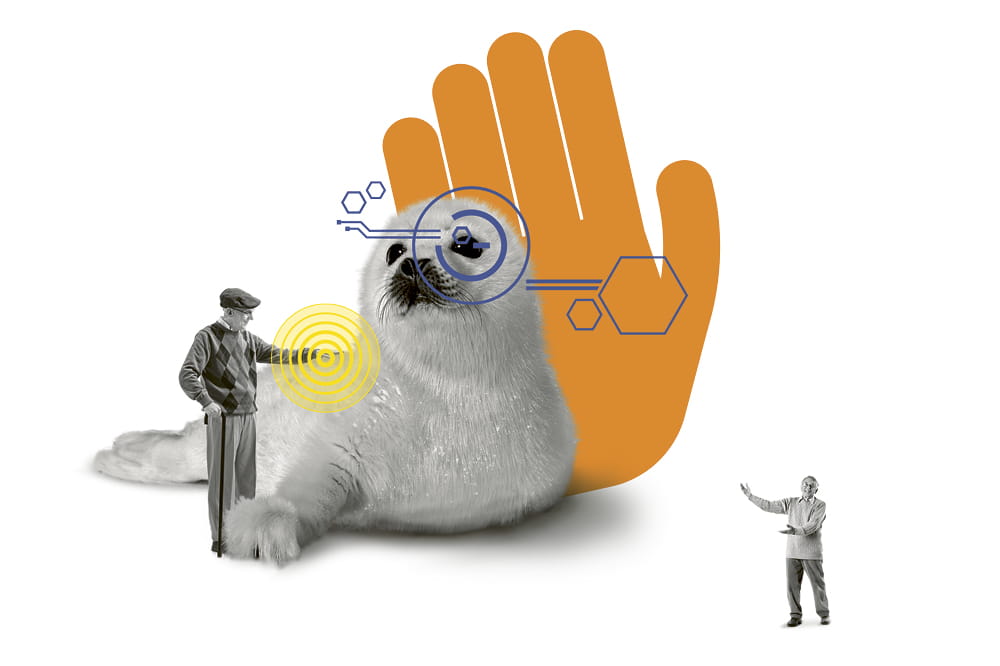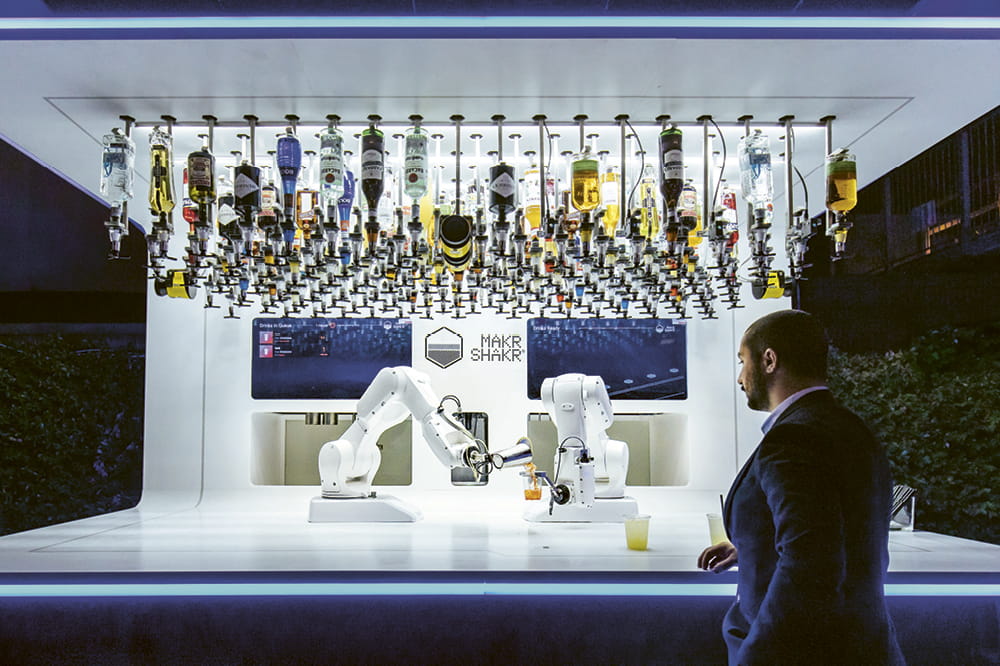Obtain news and background information about sealing technology, get in touch with innovative products – subscribe to the free e-mail newsletter.
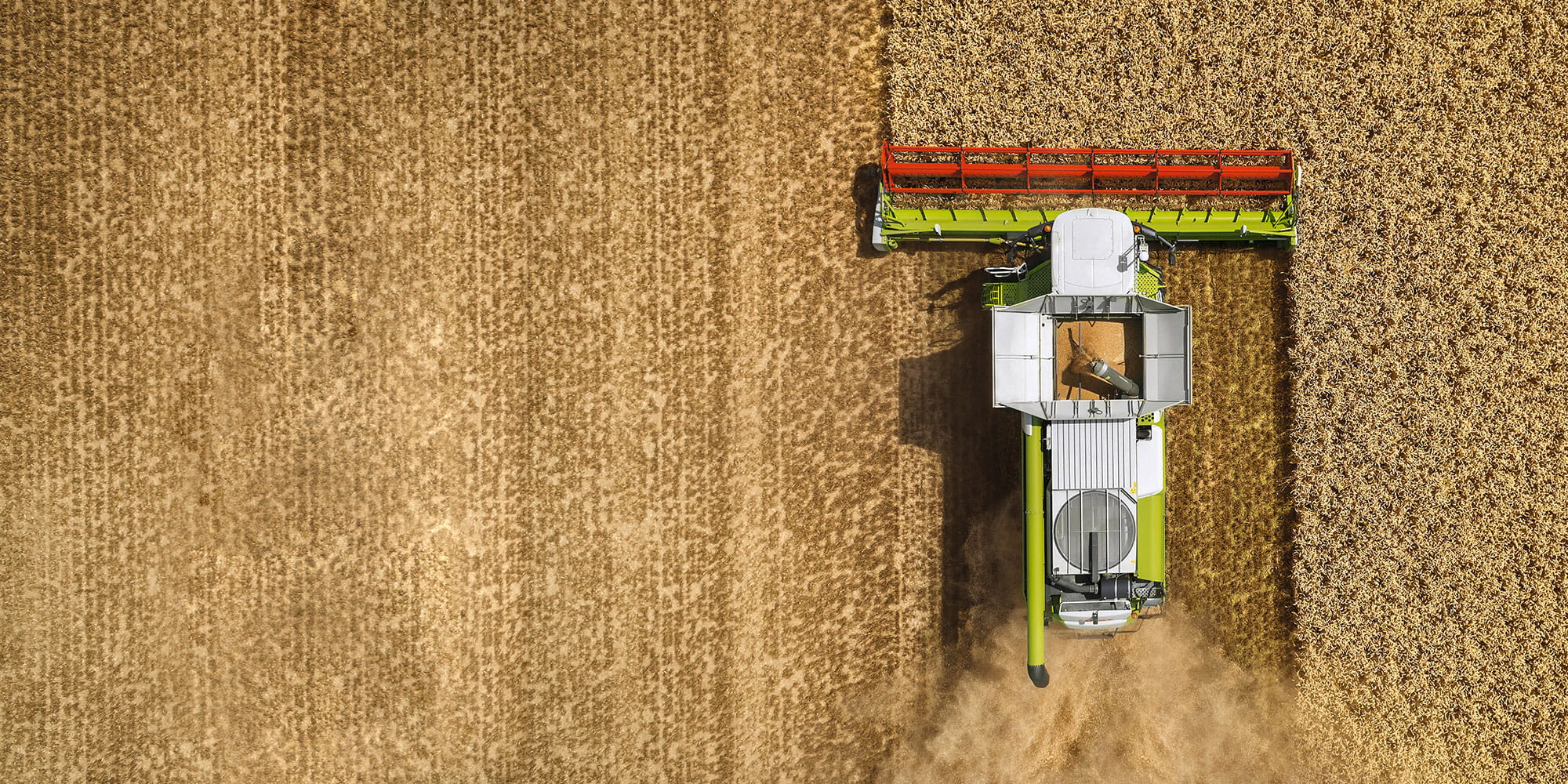
Fertilizers à la carte
Caring for each individual plant saves not only fertilizers, pesticides and water, but also increases a farmer’s yield. What sounds like a lot of manual work can be achieved with highly automated precision farming.
More yield with fewer pesticides. For a long time, this was an inextricable conflict of interests. Those who switched to organic farming had to count on smaller harvests. The digitalization of agriculture has now changed that. It has always been the case that the better a farmer knows his land, the better he can farm it. That is why fields covering several hundred hectares are often divided into smaller sub-areas with technical support, the farmer then working them as individually as possible. Success always hinges on a farmer’s knowledge of what to do when, where and with what machine. “Precision in modern agriculture is essentially influenced by two factors,” says Dr. Joachim Stiegemann of CLAAS E-Systems, the digital subsidiary of the agricultural machinery producer CLAAS. “On the one hand, GPS-based technologies enable farmers to control their machines more precisely, and on the other hand, they can refine their knowledge of cultivated areas with georeferenced data.” ;
Autonomous Attachments
The technical solutions developed are as diverse as a farmer’s tasks. CLAAS has been developing highly automated, self-propelled harvesting machines for many years. It recently developed an automatic steering system for driving precisely defined paths. The work program was spearheaded beforehand by the office’s resident farmer. “Depending on which GPS technology and sensors are used, agricultural machines can be controlled with precision to two or three centimeters on the field,” reports Stiegemann. Not only tractors, but even attachments are now highly automated.
One example is a chipper used for mechanical weed control on corn, soybeans and sugar beet fields. Farmers have to be particularly careful not to damage crops while weeding. CLAAS E-Systems has developed a system that makes it possible to guide mechanical weeding systems with an accuracy of a few centimeters between crop rows. “We use a special camera,” explains Stiegemann. The system recognizes crop rows based on acquired image data and the software converts the camera images into control signals that are sent to the chipper’s hydraulic control system. Chopping tools are guided along the crop rows with great precision without causing any damaging.
Two factors affect the precision of modern agriculture: the control of the machine and a knowledge of the land.
Dr. Joachim Stiegemann of CLAAS E-Systems
In digital farming, sensors also provide data with which machines can automatically adapt their working speed to changing field conditions. For example, a sensor measures the water content of the soil during sowing and reports to a software program. The program then adjusts the rotary disc applying the seed to rotate slower or faster depending on the data. Or a sensor on a tractor measures the amount of biomass at a respective point when fertilizing in order to apply more or less fertilizer to the field. “With the connectivity of cultivation machines, more and more data on soils and plants is being collected to cultivate fields more efficiently while conserving natural resources,” confirms Thomas Muhr, Managing Director of Geo-Konzept.
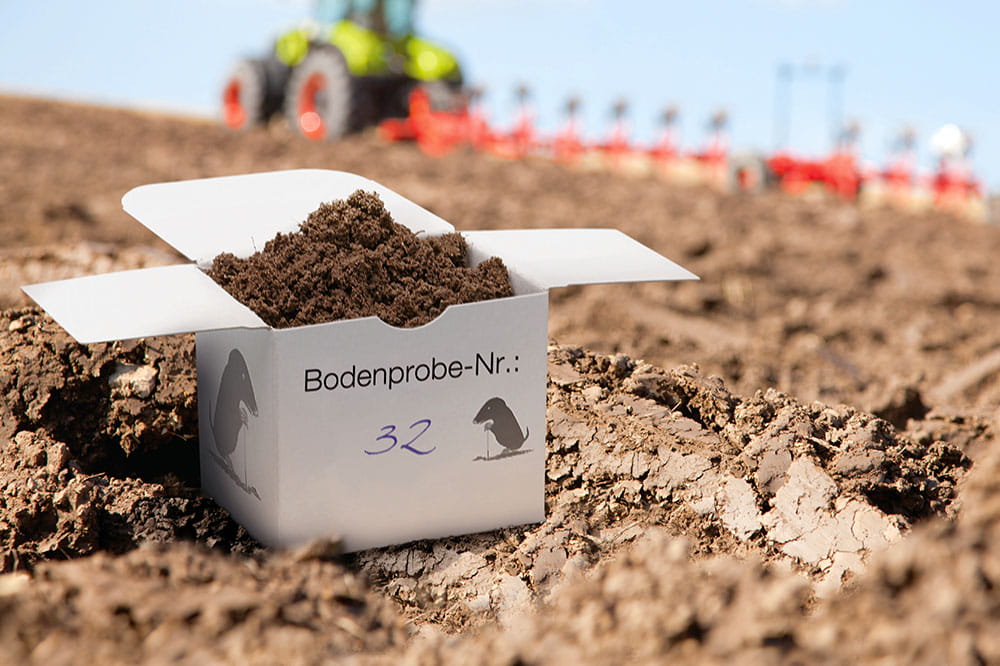
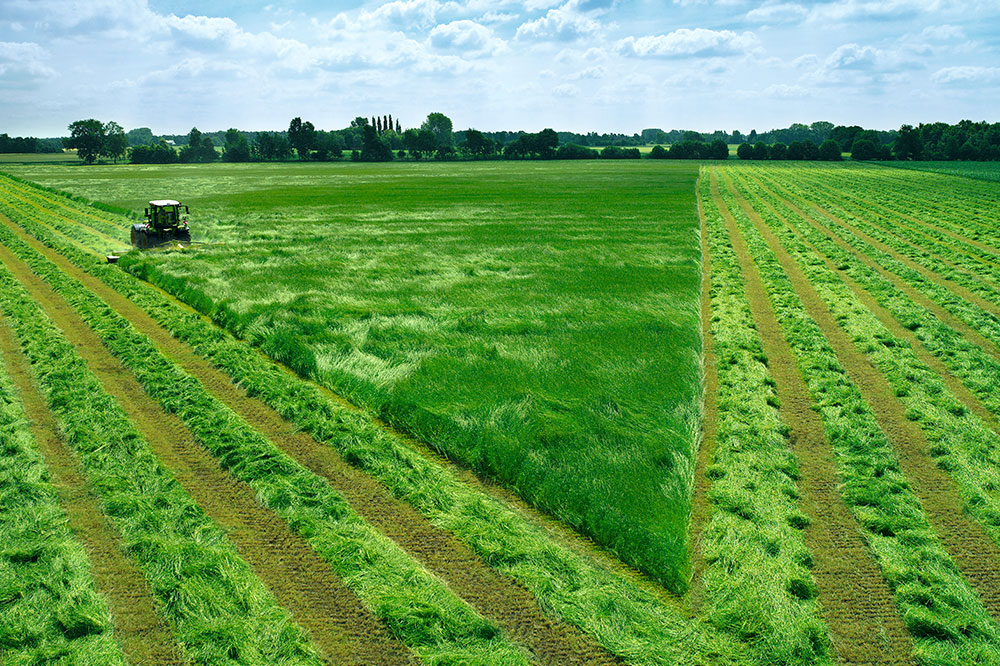
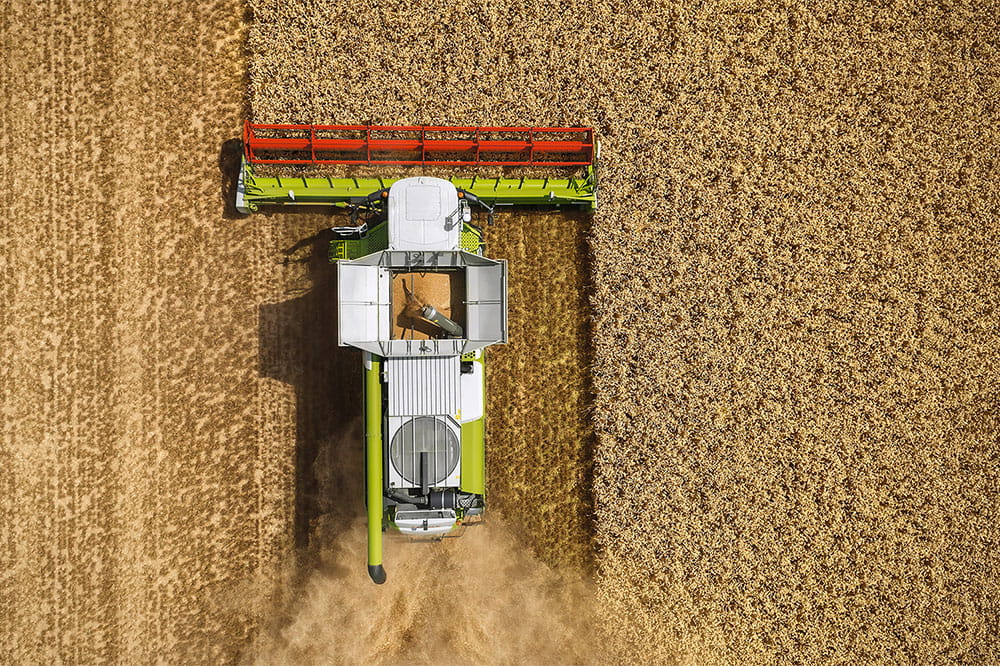
Data Harvesting
The Upper Bavarian company, which the agricultural engineer founded more than 25 years ago, sells sensors, GPS technology and agricultural software for crop planning to consultants and farmers. “Around ten to 20 percent of farms in Northern and Western Europe are now using precision agriculture tools,” estimates Muhr. “And they benefit twice over.” Muhr cites a wheat field as an example, where the soil at certain points cannot absorb enough water. If the farmer is not aware, he would spread too much fertilizer. The soil would not be able to absorb the nitrogen fertilizer at those points, however, so the rain would shift it to other places or wash it out into the river system. Precise knowledge of soil conditions can avoid this environmental impact while saving fertilizer. Farmers are then also able to use additional fertilizer and increase their yields on soils that absorb more water.
Around ten to 20 percent of farms in Northern and Western Europe are now using precision agriculture tools
Thomas Muhr, Managing Director of Geo-Konzept
Precise knowledge of soil conditions can avoid this environmental impact while saving fertilizer. Farmers are then also able to use additional fertilizer and increase their yields on soils that absorb more water. Geo-Konzept software records data on soil factors in a so-called application map, which farmers can see on a large display in their tractors. The map includes not only the data collected by the sensors of the implements, but also historical data on the cultivated area and information from soil samples taken manually and analyzed in the laboratory. “Drones equipped with cameras and flown over fields are also being used more and more frequently,” reports Muhr. “The analysis of the camera images makes it possible to precisely determine the type and quality of the soil for a particular plot.” This data is combined in the cloud, evaluated by software and then fed back into application maps. “Using application maps enables a farmer in traditional wheat, corn, potato or beet farming to reduce operating resource costs by up to ten percent,” Muhr calculates. “And even with less savings, you would at least use natural resources more efficiently and increase your harvest.” It seems that digitalization is breaking with an old proverb: fortune may have favored the fool in the past, but in the future it will favor the well-connected.
More Stories About Digitalization

